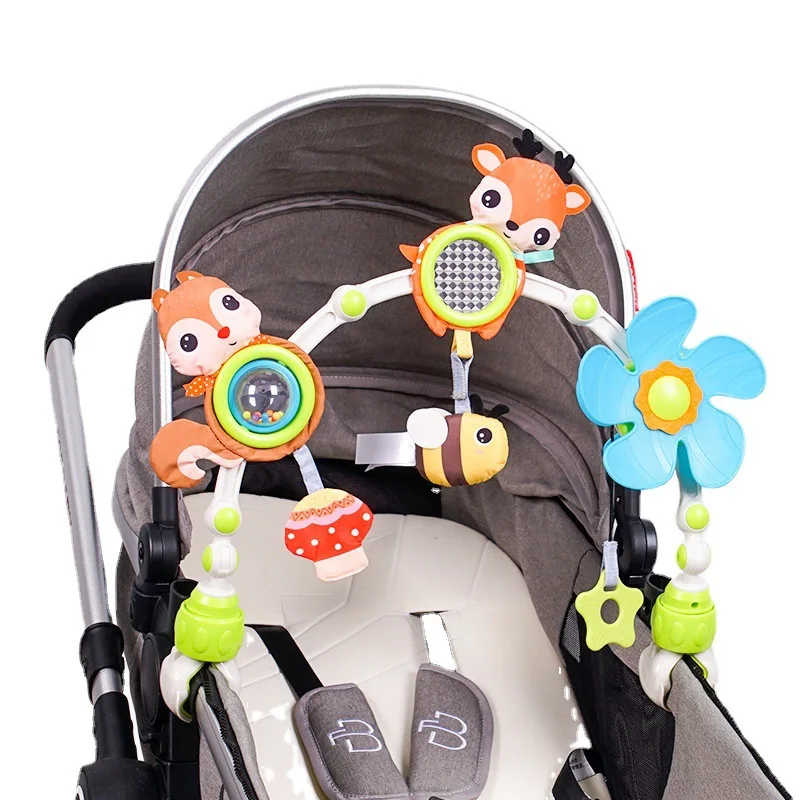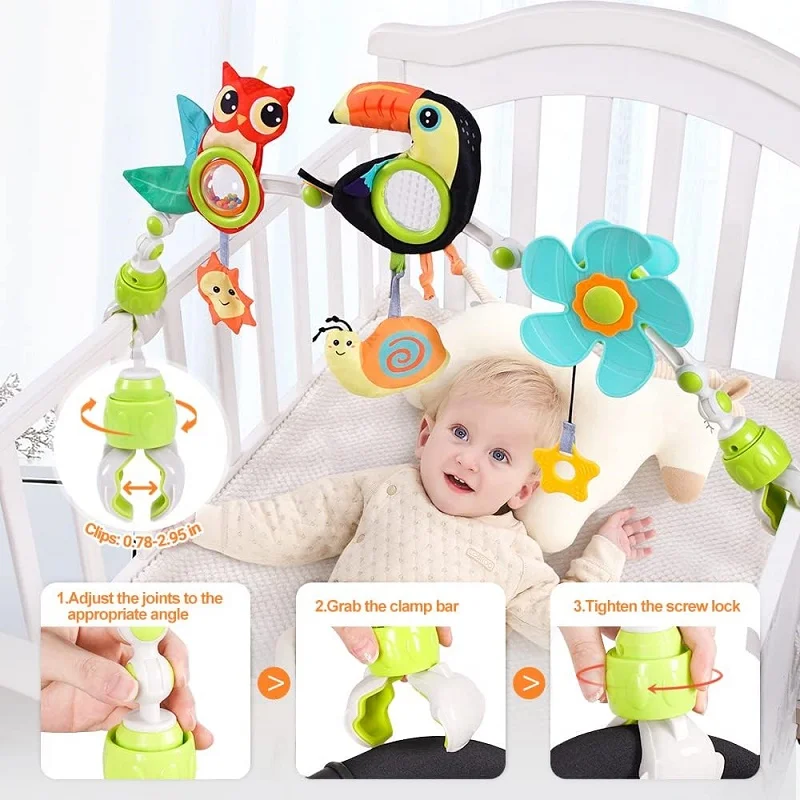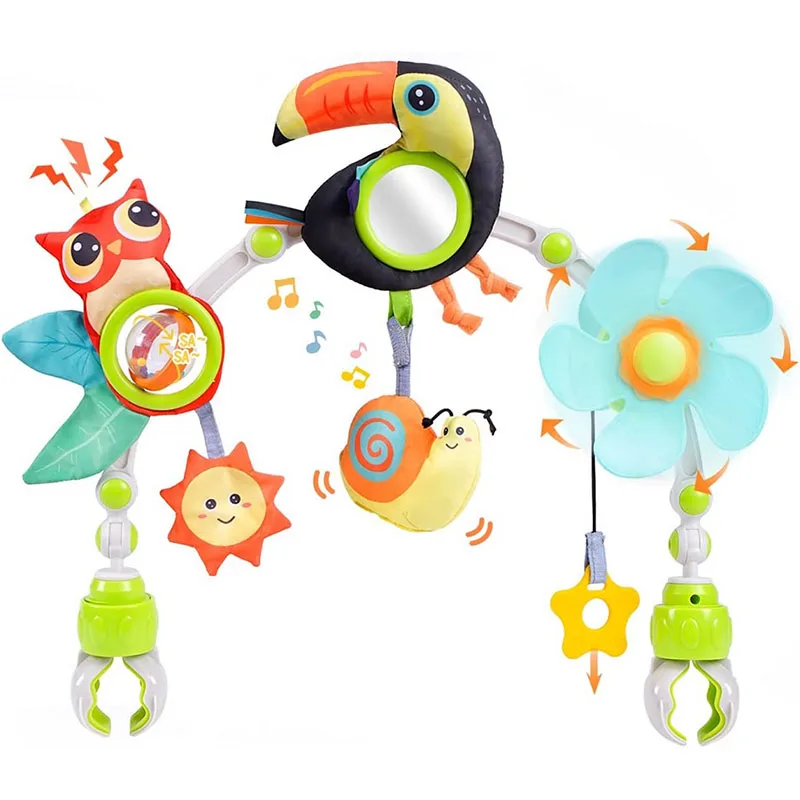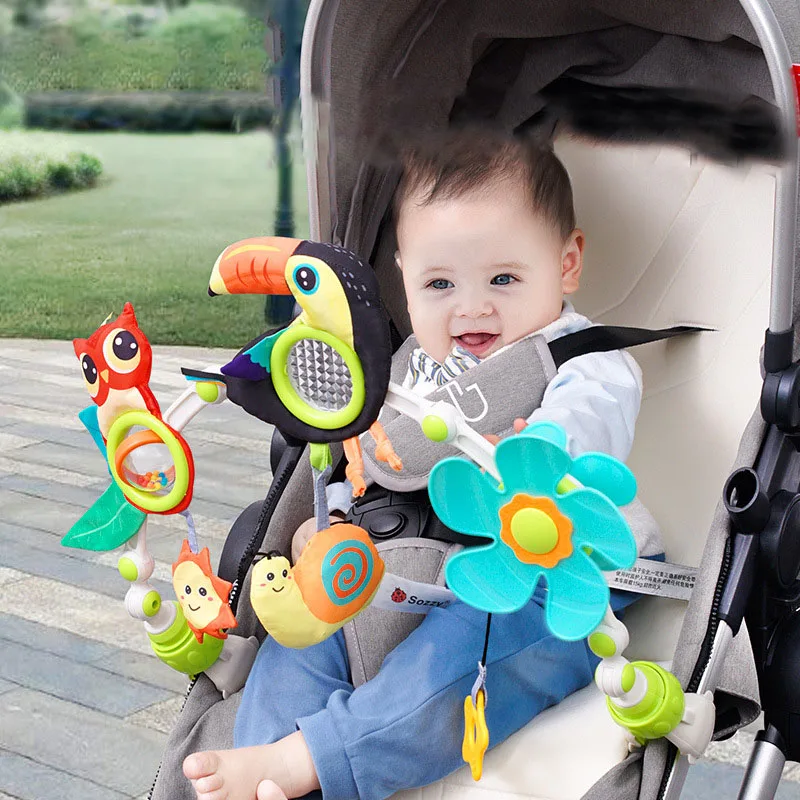Introduction: The Importance of a Comfortable Bassinet
Welcoming a newborn into your family is a joyous occasion filled with moments of wonder and love. In those early days, ensuring your baby sleeps peacefully is crucial for their well-being and your sanity. A comfortable bassinet plays a key role in achieving this. Your newborn will spend a lot of time sleeping in their bassinet during the first few months, so it’s essential to make it as cozy and safe as possible. This comprehensive guide provides practical tips and tricks to enhance the comfort of your baby’s bassinet, ensuring restful sleep for your little one.

Choosing the Right Bassinet: Starting with a Solid Foundation
Selecting the right bassinet is the first step to creating a comfortable sleeping environment for your newborn. Consider factors such as safety, durability, size, and features. Look for a bassinet that meets current safety standards, including a stable base, breathable sides, and a firm mattress. Avoid bassinets with excessive padding or soft bedding, as these pose a suffocation risk.
The size of the bassinet is also important. It should be spacious enough for your baby to move comfortably but snug enough to provide a sense of security. Adjustable and portable bassinets offer flexibility, allowing you to move them around the house or even take them on the go.
Selecting the Perfect Mattress: Firmness and Support
A firm, supportive mattress is crucial for your baby’s safety and comfort. Newborns should sleep on a firm surface to reduce the risk of Sudden Infant Death Syndrome (SIDS). While it may seem counterintuitive, a firm mattress is more comfortable for newborns, as it provides the necessary support for their developing spine.
When choosing a mattress, ensure it fits snugly within the bassinet frame with no gaps that could trap your baby’s head or body. Foam and innerspring mattresses are popular options, but the most important factor is firmness. Avoid using soft or memory foam mattresses, as they can conform to your baby’s face and obstruct breathing.
Consider mattresses made from hypoallergenic materials to create a healthier sleep environment for your newborn. These mattresses are designed to minimize allergens such as dust mites, mold, and bacteria. A waterproof mattress cover can also protect the mattress from spills and accidents while keeping it clean and hygienic.
Using the Right Sheets: Comfort and Safety Combined
The right sheets can enhance the comfort of your baby’s bassinet while ensuring safety. Use fitted sheets specifically designed for bassinet mattresses, as they fit securely and reduce the risk of entanglement. Loose or ill-fitting sheets can pose a suffocation hazard, so it’s essential to choose the correct size.
Opt for sheets made from soft, breathable materials like cotton or organic cotton. These fabrics are gentle on your baby’s sensitive skin and help regulate temperature by allowing air to circulate. Avoid synthetic materials that can trap heat and make your baby uncomfortable.
Having multiple sets of fitted sheets is practical, allowing you to change them easily and frequently. Keeping an extra set near the bassinet can be useful for quick changes in the middle of the night. Regularly washing the sheets in gentle, baby-friendly detergent ensures they remain soft and free from irritants.
Maintaining Optimal Room Temperature: Creating a Cozy Environment
Your baby’s comfort is closely linked to the room temperature where the bassinet is placed. Newborns cannot regulate their body temperature as effectively as adults, so maintaining an optimal temperature is crucial. The ideal room temperature for a baby’s sleep environment is between 68°F and 72°F (20°C to 22°C).
To keep the room at a comfortable temperature, use a thermostat or room thermometer to monitor the climate. Dressing your baby in appropriate sleepwear, such as light, breathable layers, can help regulate body temperature. Avoid overheating by not overdressing your baby or using heavy blankets, as this can increase the risk of SIDS.
Providing Proper Ventilation: Fresh Air for Better Sleep
Good ventilation is essential for a healthy and comfortable sleep environment. Fresh air helps regulate temperature and reduces the buildup of carbon dioxide, which can be harmful to your baby. Ensure the room where the bassinet is placed is well-ventilated, with access to natural air flow.
Position the bassinet away from windows, doors, and air conditioning vents that may cause direct drafts. Use a fan or open windows to promote air circulation, but always ensure your baby is comfortably warm and not directly exposed to the elements.

Creating a Calming Ambiance: The Role of Light and Sound
Creating a calming ambiance in the nursery can greatly enhance your baby’s comfort and sleep quality. Dimming the lights in the evening helps signal to your baby that it’s time to sleep, promoting a natural sleep-wake cycle. Use soft, warm lighting or a dimmable night light to create a soothing environment.
Avoid harsh, bright lights and screens, as these can disrupt your baby’s circadian rhythm. Blackout curtains can be helpful in keeping the room dark during naps and early morning hours, especially during summertime when days are longer.
Sound also plays a significant role in creating a comfortable sleep environment. White noise machines can mimic the sounds your baby heard in the womb, providing a comforting and familiar background noise that masks household sounds or street noise. Gentle lullabies or nature sounds can also be calming.
Using Swaddles and Sleep Sacks: Comfort and Security
Swaddling can provide a sense of security and comfort for newborns, mimicking the snug environment of the womb. The gentle pressure of a swaddle can help soothe your baby and reduce the startle reflex, leading to longer and more restful sleep. When swaddling, ensure that the fabric is snug around the baby’s torso but loose around the hips to allow for natural movement and prevent hip dysplasia.
As your baby grows and starts to roll over, transitioning to a sleep sack or wearable blanket is safer. Sleep sacks keep your baby warm without the risk of loose blankets, which can pose a suffocation hazard. Choose a sleep sack made from breathable materials like cotton, and select the appropriate thickness for the room temperature.
Regular Cleaning and Hygiene: Ensuring a Healthy Sleep Environment
Maintaining a clean and hygienic bassinet is essential for your baby’s health and comfort. Regular cleaning prevents the buildup of dust, allergens, and bacteria that could irritate your baby’s skin or respiratory system.
Wipe down the bassinet frame and mattress regularly with a baby-safe cleaner. If the bassinet mattress cover is removable, wash it frequently in mild detergent. Avoid using harsh chemicals or fragrances that could harm your baby’s sensitive skin.
Keep the area around the bassinet clutter-free to minimize dust accumulation. Regularly vacuum and dust the nursery, including under and around the bassinet. If your baby suffers from allergies or sensitivities, consider using a HEPA-filter vacuum cleaner to effectively trap allergens.
Personalizing the Bassinet: Comfort with Familiar Scents and Textures
Adding personal touches to your baby’s bassinet can create a comforting and familiar environment. Familiar scents and textures can help soothe your baby and promote restful sleep.
One effective trick is to place a small, soft item that carries your scent, such as a piece of clothing, near the bassinet. The familiar scent can be reassuring for your baby and create a sense of security. Ensure the item is securely placed and does not pose a suffocation risk.
Using soft, textured fabrics for swaddles, sleep sacks, and fitted sheets can also enhance comfort. Babies often find comfort in familiar textures, so introducing soft fabrics early can help establish a cozy sleep environment.

Conclusion: Crafting Comfort for Blissful Sleep
Creating a comfortable bassinet for your newborn involves thoughtful consideration of various factors, from selecting the right bassinet and mattress to maintaining optimal room conditions and ensuring proper hygiene. By implementing these tips and tricks, you can craft a cozy, safe, and soothing sleep environment that promotes restful sleep for your baby.
The early months with your newborn are precious and fleeting, and ensuring they sleep well is essential for their growth and development—and for your own well-being as a parent. With attention to detail and a commitment to providing comfort, you can make the bassinet a haven of tranquility where your baby can sleep blissfully and thrive.
